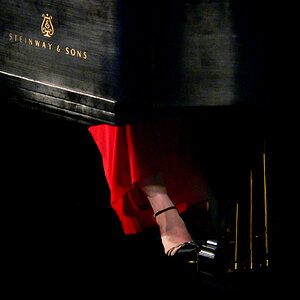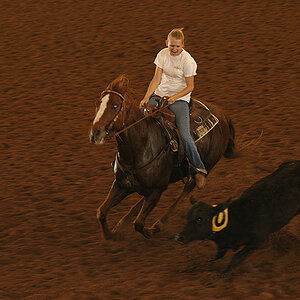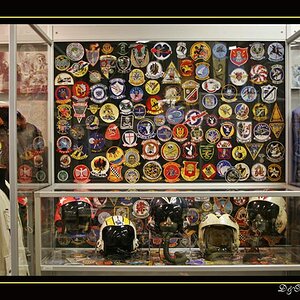William Petruzzo
TPF Noob!
- Joined
- Aug 22, 2008
- Messages
- 635
- Reaction score
- 2
- Location
- Washington DC
- Website
- www.petruzzo.com
- Can others edit my Photos
- Photos OK to edit
I've never spent too much time trying to capture long exposures. I've just never really needed to. I understand the principles and I've been satisfied with that. Well, in the past few days I've had the urge to try my hand at it. Nothing too crazy, maybe 10 - 20 minute exposures max... I don't want to waste my whole life looking at a stopwatch!
Anyways, I set out to give it a shot tonight. Not trying to catch anything spectacular, just seeing if I can get the exposure right. It came kind of close, but it seems that I'm under exposing a bit and I can't quite figure it out.
My easiest understanding of how the very long exposures work is half using the camera's built in metering by checking for a "correct" exposure at 30-sec, 3200 ISO and a fairly small f/stop. Then, reducing the ISO to 100 and the cranking the f/stop as high as I like and then add the appropriate number of stops to the shutter speed to compensate.
Now, unless I'm mistaken, if the stop-counting is done correctly, that should yield a correct exposure. Well, it's close, but dark. I know that based on trial and error, I could just boost my exposure time. But I'm not really content with that. I'd like to try out some extremely long exposure, maybe several hours and if that's the plan, I'd like to have some confidence that I'm doing it right. So Is there something I could do to improve this technique or am I missing a vital step here or something?
Anyways, I set out to give it a shot tonight. Not trying to catch anything spectacular, just seeing if I can get the exposure right. It came kind of close, but it seems that I'm under exposing a bit and I can't quite figure it out.
My easiest understanding of how the very long exposures work is half using the camera's built in metering by checking for a "correct" exposure at 30-sec, 3200 ISO and a fairly small f/stop. Then, reducing the ISO to 100 and the cranking the f/stop as high as I like and then add the appropriate number of stops to the shutter speed to compensate.
Now, unless I'm mistaken, if the stop-counting is done correctly, that should yield a correct exposure. Well, it's close, but dark. I know that based on trial and error, I could just boost my exposure time. But I'm not really content with that. I'd like to try out some extremely long exposure, maybe several hours and if that's the plan, I'd like to have some confidence that I'm doing it right. So Is there something I could do to improve this technique or am I missing a vital step here or something?


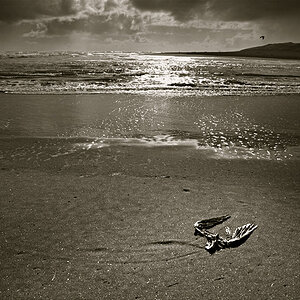
![[No title]](/data/xfmg/thumbnail/41/41924-6ae94add98501b0c7ebd13870b86cf70.jpg?1619739945)
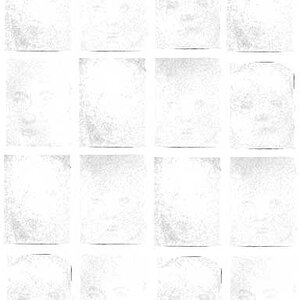
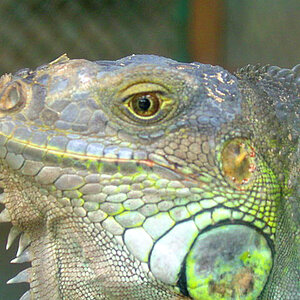

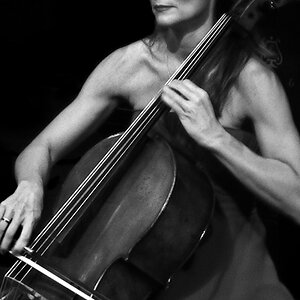
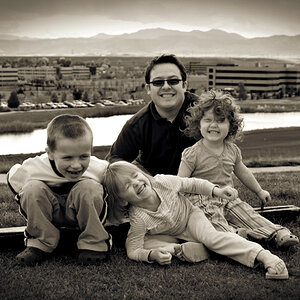
![[No title]](/data/xfmg/thumbnail/41/41820-5b89d2c0ef3c8c232c56fabddbeaee0b.jpg?1619739903)
